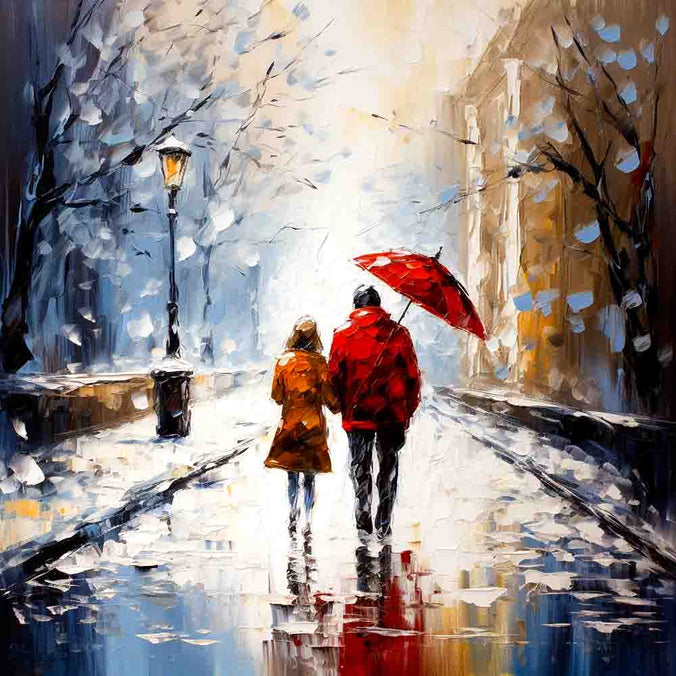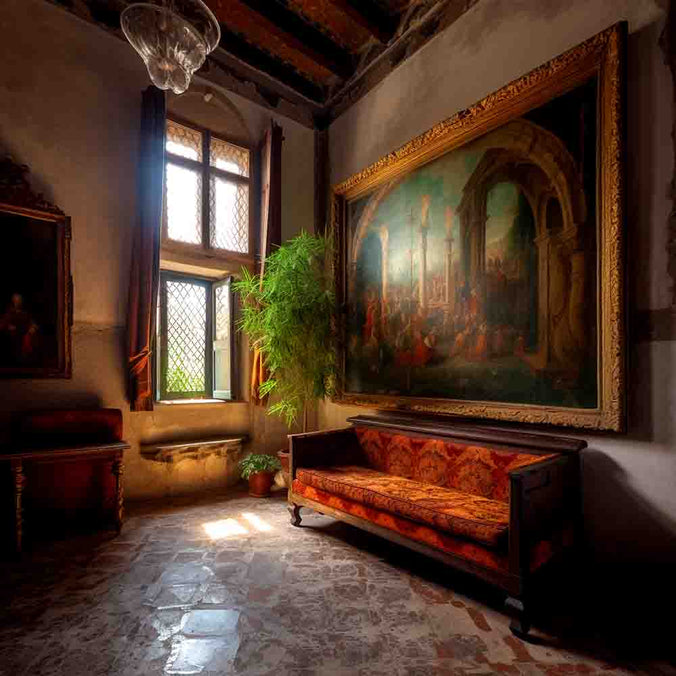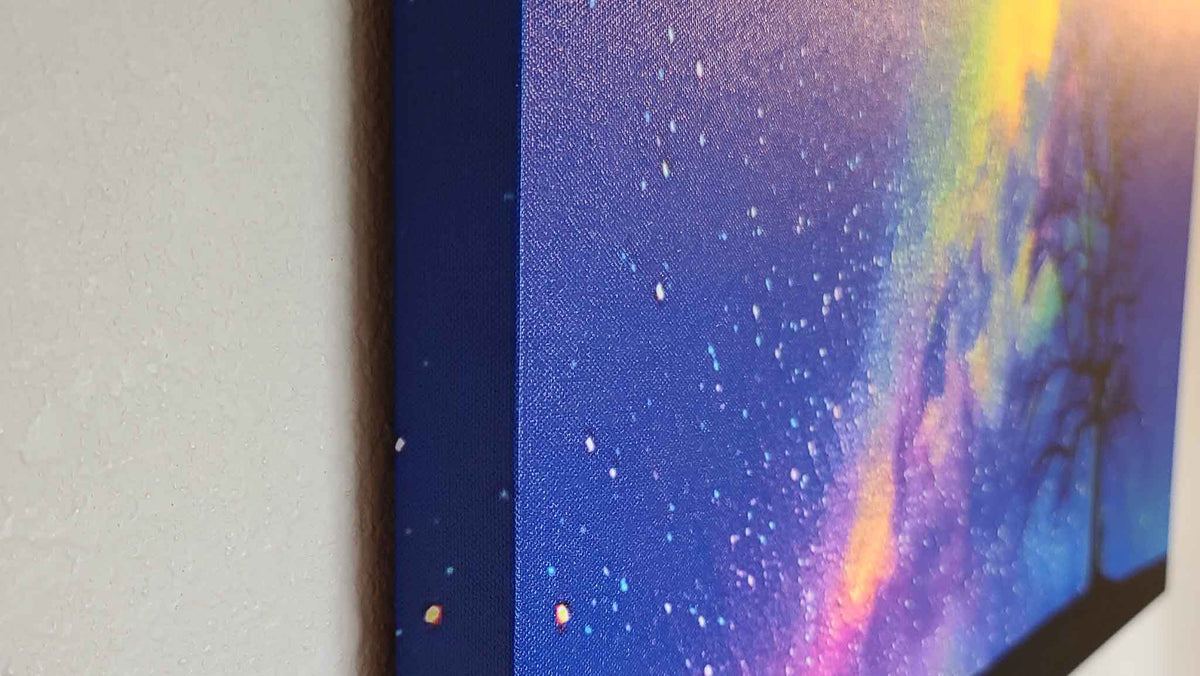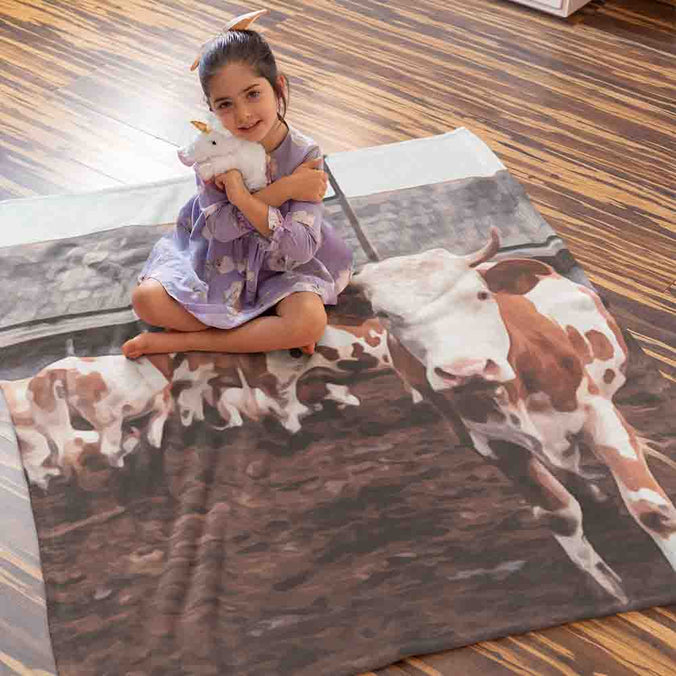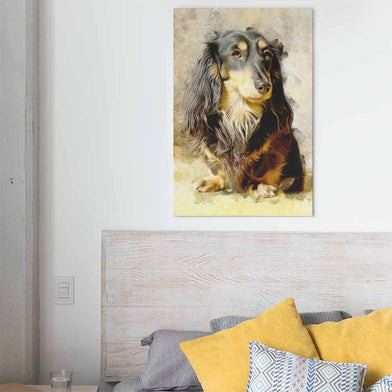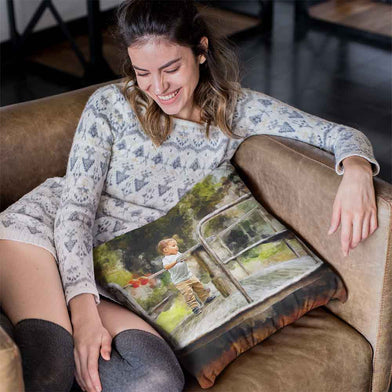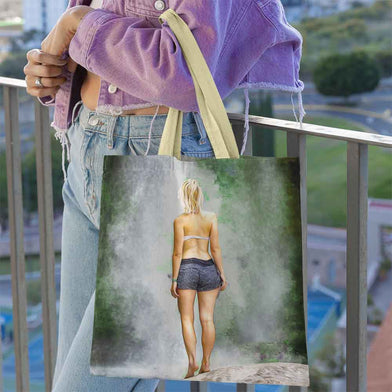How to Take a Good Pet Picture

How to Take a Good Pet Picture
To capture the perfect pet photograph, consider the balance between positive and negative space, boost ISO for better exposure in low-light conditions, get your pet's attention, and use natural light. Experiment with filters, your smartphone's features like portrait mode, and post-processing to enhance your images. By following these tips and techniques, you can create stunning pet portraits that showcase your furry friend's unique charm, and consider transforming these photographs into custom art to display in your home as a celebration of your special bond.
Positive and Negative Space
A good pet photograph strikes a balance between positive and negative space to create interest and focus. Positive space refers to the subject of your photo, while negative space is the empty or unoccupied area surrounding it. A well-composed image will have both positive and negative space working together to highlight your pet and tell a story.
Recommended Image Location: A photo showing positive and negative space in a pet photograph.
To master the use of positive and negative space, experiment with different angles and points of view. Visualize how both forms of space interact within the composition, and try to strike a balance that draws the viewer's attention to your pet. For a more in-depth understanding of positive and negative space, refer to this [Photography Life article](https://photographylife.com/what-is-negative-space-in-photography).
Boosting Your ISO
Increasing your ISO allows for better exposure in low-light conditions by making your camera's sensor more sensitive to light. This enables you to increase the shutter speed and capture action shots more effectively. However, boosting your ISO can also introduce noise or graininess to your image, particularly in dark areas. For more information on how to properly use ISO in photography, check out this [Digital Photography School article](https://digital-photography-school.com/iso-settings-in-digital-photography/).
Getting Your Pet's Attention
The key to capturing the perfect pet portrait is getting their attention and keeping them engaged. Choose a relaxed location with minimal distractions, and ensure you have treats and toys on hand to maintain their focus. Get down to their level for more intimate, expressive shots, and remember to be patient—your pet will pick up on your body language, so stay calm and friendly. For more tips on photographing pets, refer to this [Expert Photography article](https://expertphotography.com/10-tips-for-better-dog-photography/).
Recommended Image Location: A photographer getting a pet's attention with a toy.
Using a Smooth, Blurred Background
A blurred background (also known as bokeh) helps your pet stand out in the photograph by minimizing distractions. Achieving this effect requires using a low-aperture setting on a DSLR camera or selecting the portrait mode on your smartphone. Additionally, you can use apps like AfterFocus or Picsart to edit your photos and create a blurred background. For an in-depth tutorial on how to achieve bokeh, check out this [Photography Concentrate guide](https://photographyconcentrate.com/how-to-create-bokeh/).
Placing Your Pet Near a Window
Utilizing natural light from a window can result in stunning pet portraits. This soft, diffused light helps bring out the sparkle in your pet's eyes and enhances their features. Ensure you have a clean background and, if possible, enlist the help of a friend or family member to keep your pet occupied during the shoot.
Recommended Image Location: A pet positioned near a window for optimal lighting.
Using Filters and Apps
Enhance your pet photography by experimenting with filters and editing apps. The Splendor filter, for example, can add a soft glow to your images, giving them a warm, inviting appearance. This filter also features a gray undertone, which subtly enhances your photos without causing over-saturation.
Recommended Image Location: A pet photo with the Splendor filter applied.
When photographing your pets, avoid forcing them into specific poses. Instead, get down on their level and attempt to capture candid moments. If they seem hesitant, use treats or toys to draw them in. Focusing on their eyes can help create an emotional connection with viewers, making your images more engaging.
Smartphone users can take advantage of their device's portrait mode for capturing pet portraits. This mode is particularly useful for pets with short attention spans, as it helps isolate the subject from the background. If your pet is easily distracted, try using a squeaky toy or a clicker to maintain their attention while you snap a quick shot.

For those interested in experimenting with Snapchat filters, the process is simple. Access the Story camera, select a filter, and point the camera at your pet. Tap on your pet's face to apply the filter and create a more expressive, entertaining image.
The Importance of Post-Processing
While capturing the perfect pet photo is essential, post-processing plays a crucial role in enhancing your images. Adjusting aspects like brightness, contrast, and saturation can make your photos pop and bring out your pet's unique features. Numerous editing apps and software, such as Adobe Lightroom and Photoshop, are available to help you refine your images and create visually stunning pet portraits.
Recommended Image Location: A before-and-after comparison of a pet photo with post-processing applied.
Showcasing Your Pet's Personality with Custom Art
Once you've mastered pet photography, why not showcase your furry friend's personality with custom art from My Photo Art? Our skilled artists can transform your beautiful pet photos into personalized, one-of-a-kind pieces that celebrate your pet's unique charm. Displaying custom pet art in your home not only adds a touch of style but also serves as a loving tribute to your animal companion.
In summary, taking a good pet picture involves understanding and utilizing various techniques and approaches to capture your pet's unique personality and charm. By following the tips provided in this article, you can create stunning and memorable pet portraits that showcase your furry friend in the best possible light.
Key aspects to consider include:
- Balancing positive and negative space to create visually appealing compositions
- Boosting ISO for better exposure and action shots in low-light conditions
- Getting your pet's attention and creating a comfortable environment for them
- Using smooth, blurred backgrounds to emphasize your subject
- Leveraging natural light by positioning your pet near a window
- Experimenting with filters and smartphone features like portrait mode
- Understanding the importance of post-processing to enhance your images
- Showcasing your pet's personality with custom art from My Photo Art
By incorporating these elements into your pet photography, you'll not only improve your skills but also create cherished images that celebrate your animal companion. And with custom pet art, you can transform these photographs into stylish and personal pieces to display in your home, serving as a constant reminder of the special bond you share with your furry friend.
Leave A Reply
Your email address will not be published. Required fields are marked *

